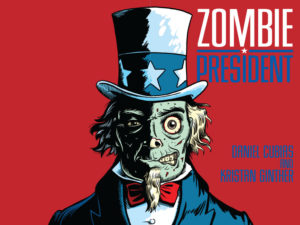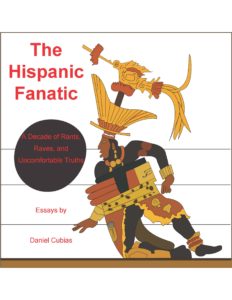Marketing is everything.
For example, witness the well-documented phenomenon of many Americans despising Obamacare while still liking the Affordable Care Act (fyi: they are the same damn thing).
Or consider the worst branding decision of all time: “global warming.” As we all know, climate deniers just scoff and say, “Then why was it so cold this winter?” Such idiotic assertions are easier to dismiss with a new and improved term (i.e., “climate change”).
We are seeing the same pushback, the same dismissal of reality with the phrase “white privilege.” Now, for those who are unclear about this concept, white privilege refers to societal privileges that benefit white people beyond what is commonly experienced by non-white people. We can nitpick this definition, but that would be a whole other article.
The problem with white privilege is that the concept is painfully easy to refute. I’m not talking about right-wingers who insist that racism is dead or that white people are actually the disadvantaged class in America. There’s just no reaching those people.
No, I’m referring to white individuals who hear the word “privilege” thrown at them and interpret it as an individual attack rather than as a societal fact. Their reply is frequently, “There’s nothing privileged about my life.”
Indeed, as the wealth gap increases, plenty of white people are being left behind. And many of those struggling individuals come from ethnicities that endured their own struggles in the past (and occasionally, in the present). Under such circumstances, it’s galling — even ludicrous — to be told that you are privileged.
And what have good liberals done when confronted with this response? We stammer that privileges are often invisible, or that white people are less likely to be harassed by the cops, or that we’re not implying white people have had everything handed to them on a silver platter.
That’s all true of course. But it’s also true that if you’re explaining, you’re losing.
And that’s why we need to drop the whole thing — not the concept, mind you, which is crucial to our understanding of racial inequalities and American culture itself. We need to rebrand.
This has been pointed out before, but so far we have failed to come up with a good alternative.
So let’s begin the discussion in earnest. Let’s make it a real goal to replace the needlessly confrontational term “white privilege.”
I’ll get it started. How about “white advantage”? It’s still racially loaded, but the idea of “advantage” is much easier to accept than “privilege.”
Hey, just take it as a first draft. I’m sure working together, we can come up with something better.
Because we really need to.














